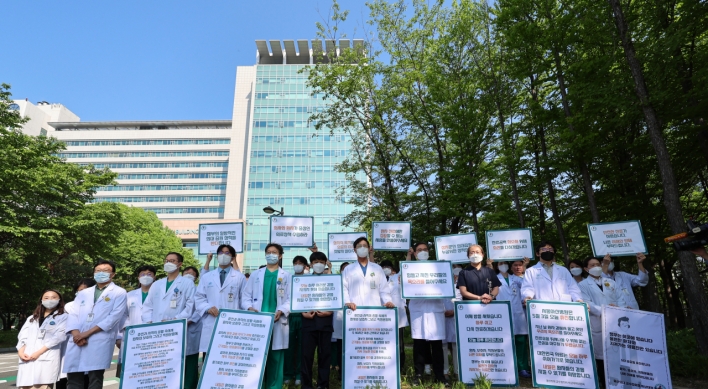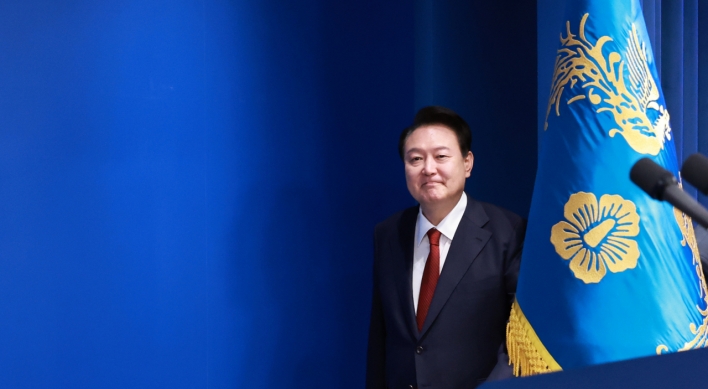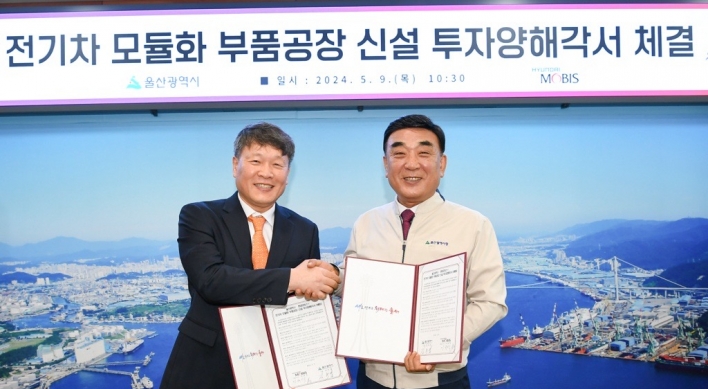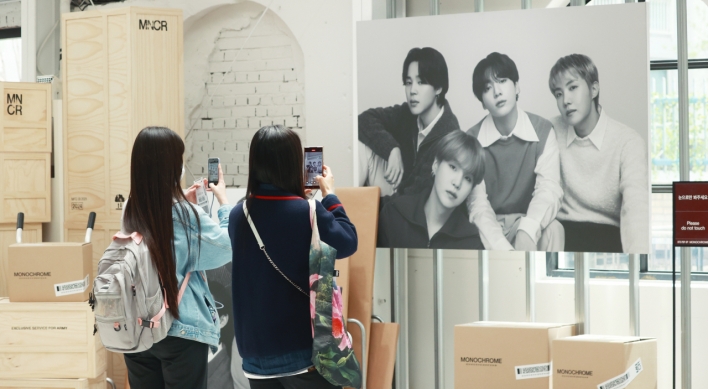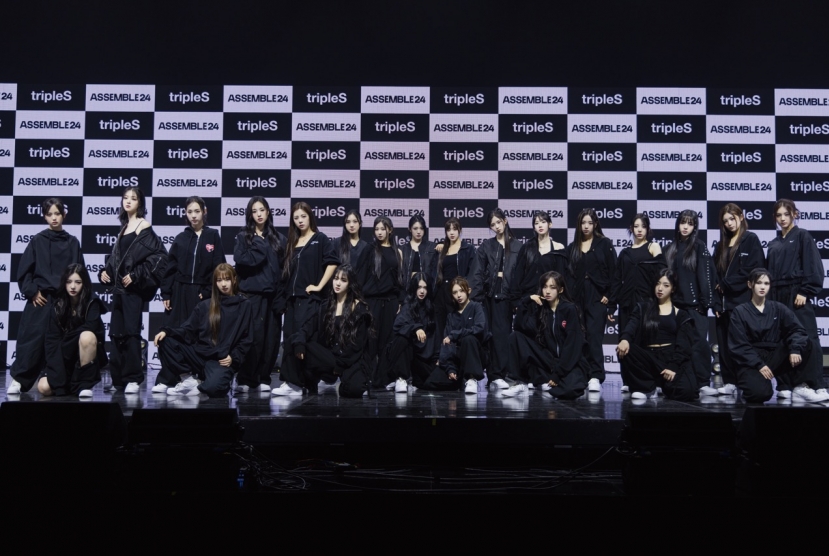March 11 marked the first anniversary of the Fukushima nuclear disaster. During the weekend, protests and rallies took place throughout the world to commemorate the catastrophe and call for a nuclear-free world.
In Seoul, some 80 civic groups, including the Korean Federation for Environmental Movement, held a rally at the plaza in front of Seoul City Hall, urging the government to shift away from nuclear power.
The Fukushima disaster, which is still playing out, has energized the anti-nuclear movement in Korea, which meets 31 percent of its electricity demand with power generated by 21 nuclear plants.
With the April parliamentary election drawing near, environmental groups and opposition parties are ratcheting up their campaign against nuclear power to woo people concerned about the safety of nuclear plants.
The Democratic Unified Party and the Unified Progressive Party, which agreed to form an alliance to secure a majority in the National Assembly, have adopted a common policy on nuclear power ― to halt the construction of new nuclear plants and to undertake an across-the-board review of the nation’s nuclear energy policy.
The two parties’ bid to halt nuclear power plant construction is irresponsible as it ignores reality. Korea needs to build more nuclear plants to meet growing demand for electricity. The two parties, echoing environmental groups, say renewable energy can replace nuclear power.
We need to ramp up renewable energy production but it is unrealistic to rely solely on renewable energy to meet growth in power demand. Renewable energy is much more expensive than nuclear power. In 2011, the cost of generating electricity was 40 won per kWh for nuclear, 67 won for coal, 140 won for natural gas, 220 won for petroleum, 110 won for wind power and 467 won for solar power.
The cost advantage of nuclear power can be illustrated by the fact that Korea’s electricity prices increased a mere 18.2 percent between 1982 and 2011, while consumer prices rose 240 percent during the period. Korea could maintain its electricity prices at such a low level thanks largely to its nuclear power plants.
In this regard, it is inevitable for Korea to stick to its current nuclear-centric policy. We need to realize that demand for power will keep growing in the future. In expanding power supply, the best option for Korea is nuclear.
Yet to use this option, Korea needs to make nuclear power safer. It needs to improve the design of nuclear reactors and upgrade the safety standards of nuclear plants.
In Seoul, some 80 civic groups, including the Korean Federation for Environmental Movement, held a rally at the plaza in front of Seoul City Hall, urging the government to shift away from nuclear power.
The Fukushima disaster, which is still playing out, has energized the anti-nuclear movement in Korea, which meets 31 percent of its electricity demand with power generated by 21 nuclear plants.
With the April parliamentary election drawing near, environmental groups and opposition parties are ratcheting up their campaign against nuclear power to woo people concerned about the safety of nuclear plants.
The Democratic Unified Party and the Unified Progressive Party, which agreed to form an alliance to secure a majority in the National Assembly, have adopted a common policy on nuclear power ― to halt the construction of new nuclear plants and to undertake an across-the-board review of the nation’s nuclear energy policy.
The two parties’ bid to halt nuclear power plant construction is irresponsible as it ignores reality. Korea needs to build more nuclear plants to meet growing demand for electricity. The two parties, echoing environmental groups, say renewable energy can replace nuclear power.
We need to ramp up renewable energy production but it is unrealistic to rely solely on renewable energy to meet growth in power demand. Renewable energy is much more expensive than nuclear power. In 2011, the cost of generating electricity was 40 won per kWh for nuclear, 67 won for coal, 140 won for natural gas, 220 won for petroleum, 110 won for wind power and 467 won for solar power.
The cost advantage of nuclear power can be illustrated by the fact that Korea’s electricity prices increased a mere 18.2 percent between 1982 and 2011, while consumer prices rose 240 percent during the period. Korea could maintain its electricity prices at such a low level thanks largely to its nuclear power plants.
In this regard, it is inevitable for Korea to stick to its current nuclear-centric policy. We need to realize that demand for power will keep growing in the future. In expanding power supply, the best option for Korea is nuclear.
Yet to use this option, Korea needs to make nuclear power safer. It needs to improve the design of nuclear reactors and upgrade the safety standards of nuclear plants.
-
Articles by Korea Herald


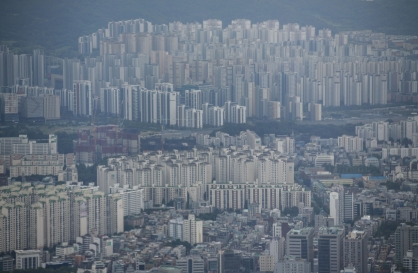
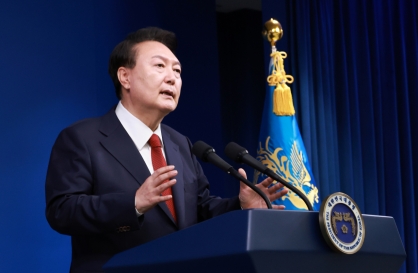
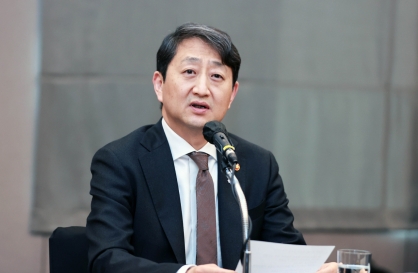
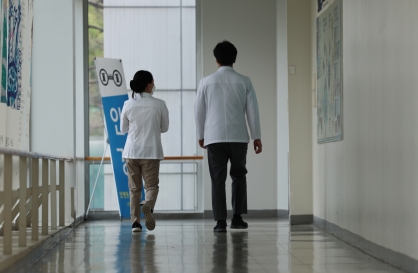
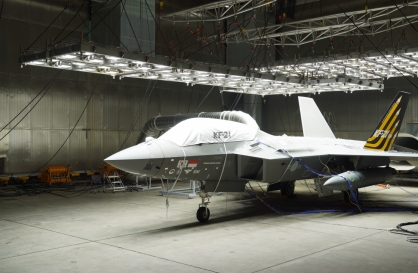


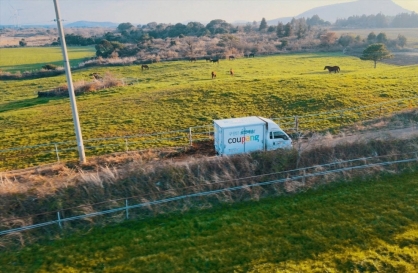
![[K-pop’s dilemma] Time, profit pressures work against originality](http://res.heraldm.com/phpwas/restmb_idxmake.php?idx=644&simg=/content/image/2024/05/08/20240508050705_0.jpg&u=20240508171126)




